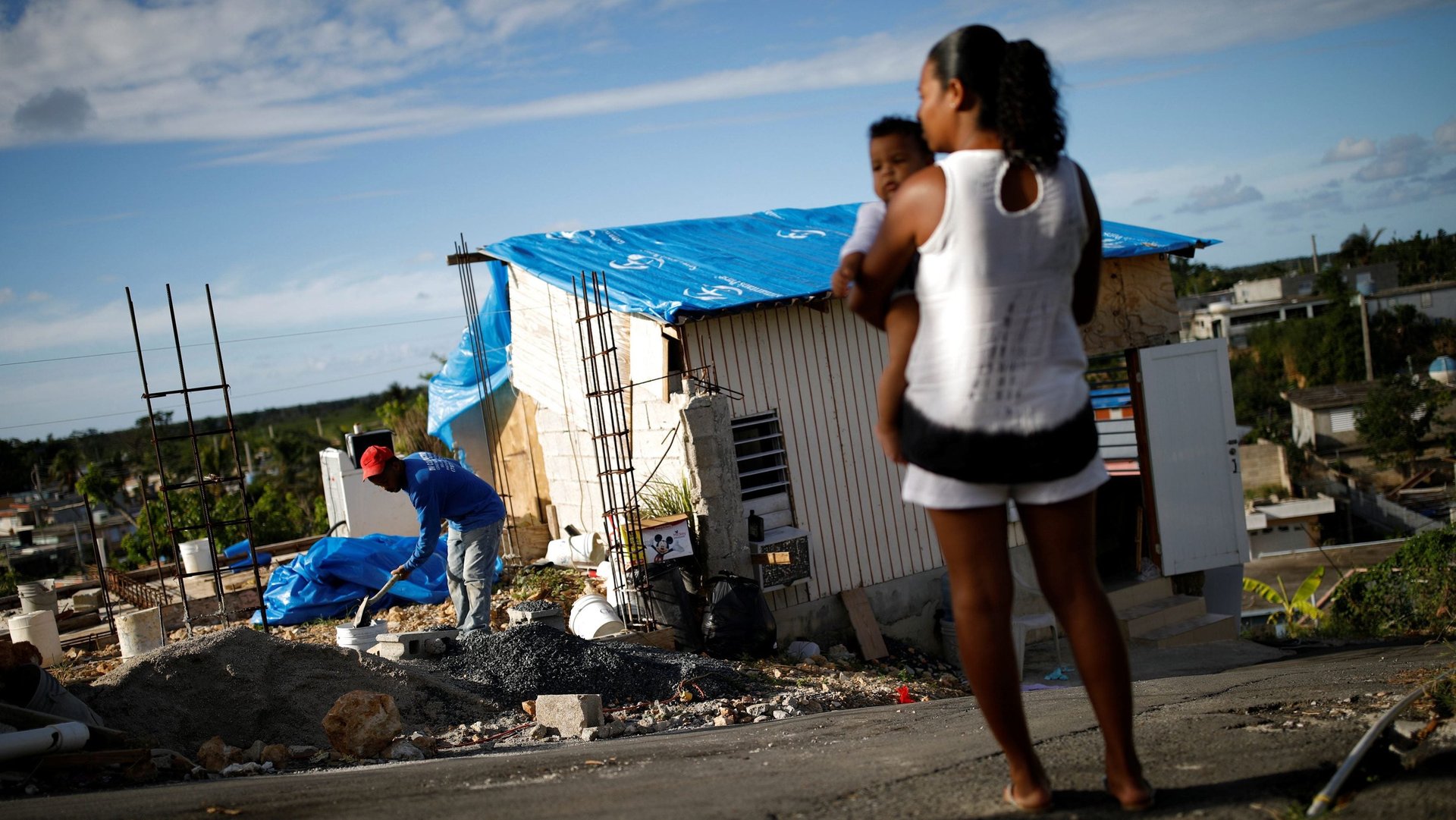Charted: Hurricane Maria is the US’s deadliest disaster in more than a century
The death toll from Hurricane Maria, which struck Puerto Rico last September, is higher than that of any disaster that has struck the US since 1900, including Pearl Harbor and the terrorist attacks of 2001.


The death toll from Hurricane Maria, which struck Puerto Rico last September, is higher than that of any disaster that has struck the US since 1900, including Pearl Harbor and the terrorist attacks of 2001.
A recent Harvard University study estimates 4,645 people were killed in the storm and its immediate aftermath, far higher than the official death toll of 64. The study calculates deaths during the storm and through the end of December 2017, due to Puerto Rico’s lack of electricity, clean water, shelter, and medical aid. The actual death toll related to the storm could be higher still than the Harvard estimate—more than 200 days after the storm hit, many on the island still had no access to clean water or electricity and suicide rates have skyrocketed.
That makes Hurricane Maria the deadliest disaster to strike the US in nearly 120 years, since the 1900 hurricane that hit Galveston, Texas, killing an estimated 6,000 to 12,000. This ranking only includes deaths from specific events, natural or manmade, that happened on US soil, rather than widespread epidemics like the flu, or military disasters overseas.
As 2018’s hurricane season bears down, the island of Puerto Rico is not prepared for a new disaster. It hasn’t recovered yet from Maria. On May 30, the head of the Federal Emergency Management Agency said it was hiring 1,600 people to build local disaster-response systems in Puerto Rico that didn’t exist when Maria hit.